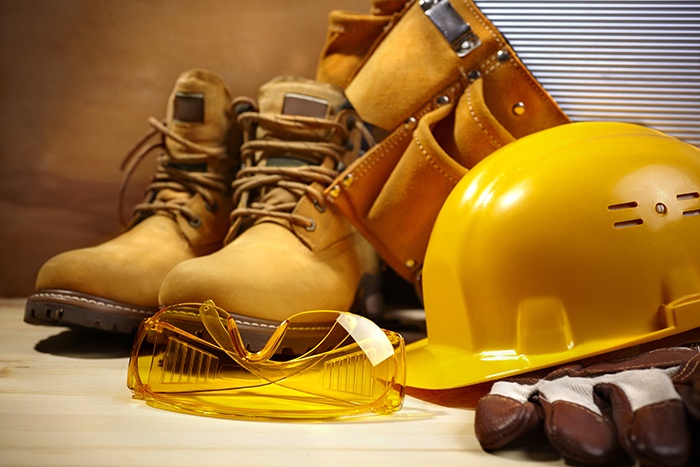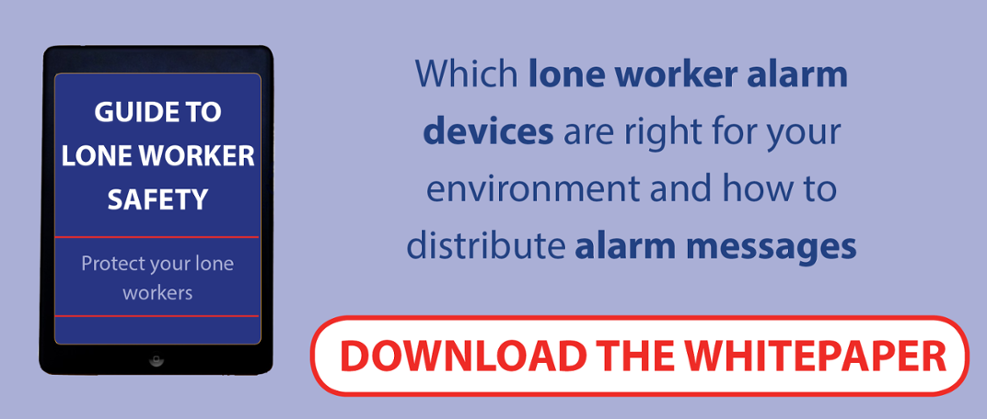
The vast majority of organisations have lone workers in some form or fashion. This is especially true for companies in the manufacturing sector. Far too often, however, these roles are diminished and the fact that the worker is alone is forgotten. This isn’t on purpose, it is simply due to the fact that workers aren’t necessarily classified as lone workers. In other words, these individuals might be contracted labour that don’t come in on a regular basis. Or, they are workers that sometimes stay late or come in early. Or, maybe they have duties that occasionally take them to isolated areas of the plant (for more examples of who lone workers are, read our article).
Regardless of the reason, team managers and health and safety managers need to be aware that they likely have lone workers under their supervision and it is their responsibility to ensure that they are adequately protected while inside the plant. In order to accomplish this, it is necessary to complete a safety assessment.
Identify The Risks
To effectively evaluate risk, managers need to be aware of the types of risks that lone workers might be exposed to. This can include fixed site risks, mobile risks and public facing risks.
Fixed Site Workers
Fixed site risks can effect workers who work in a fixed location without regular contact with others. This means anyone who goes to the same location every day for their job, whether they are a builder, security guard, office worker, site maintenance officer, facilities manager, shift worker or machine operator. These types of lone workers face three main risks: Environmental, personal accident, and illness.
People can easily become suddenly ill. And these illnesses vary in severity. Sometimes workers have enough time and warning to be able to stop their work and find help. However, sometimes they don’t. They can faint, have a heart attack or stroke, or can even seize. And all of these can happen in an instant, causing serious injury or death. This is even more likely if the lone worker operates heavy machinery.
Personal accident risks are also common with lone workers. If a worker handles liquid or has cleaning responsibilities, slipping isn’t uncommon. If a worker is often moving up and down stairs or on uneven surfaces, tripping can easily occur. If a worker has responsibilities that demand working at heights, falling can be a major risk. Intensive labour, heavy machinery, and hazardous material are additional tasks, especially if unsupervised, that makes workers vulnerable to accidents.
The environments that fixed site workers operate in may also leave them open to risk. If they work outside in harsh conditions, such as cold or otherwise inclement weather, lone workers can easily be put in danger’s way. Furthermore, if machinery malfunctions, a lone worker has no one they can rely on to help them.
Mobile And Public Facing Workers
Lone workers who are mobile tend to move around from location to location, rather than remaining in one place. However, while completing their tasks they are alone and tend to be at risk from elements like their tasks, their environment and the general public. Public facing lone workers include individuals who come into contact with the general public, including individuals who they know nothing about, in environments that they have never been in before. They face similar risks to mobile workers.
Similar to lone workers in a fixed environment, mobile and public facing workers face the possibility of accident, illness, falls, trips and slips. Any of these can happen in an instant and cause serious injuries or death, as well as damage to machinery. When it comes to the environment, public facing mobile workers are potentially in greater peril than fixed site workers. Lone workers who are mobile or public facing are often put in new and unknown situations where they are unfamiliar with their environment. While rough weather is one challenge, building sites with unstable construction, farms with dangerous animals and other sites with tricky terrain can cause any number of accidents and injuries. Mobile and public facing workers are also uniquely susceptible to confrontations with the general public. Verbal and physical abuse are always possible.
Evaluating Lone Worker Protection & Working Procedures
All of these risks need to be taken seriously. Managers should evaluate them to verify that lone workers have the protection they need. When assessing threats to lone workers, a series of questions should be asked:
- What are the possible risks?
- Can the lone worker control any of these risks?
- Has appropriate training been implemented?
- Is the worker medically fit enough to handle the work?
- Are there some tasks that require assistance or supervision?
- What protocol is in place for each risk the lone worker faces?
To effectively answer these questions, it is essential that the manager and lone worker go through them together. This risk assessment should be collaborative as the lone worker's opinion, experience and expertise can provide a much more in-depth view of potential risks. It is also effective to look at previous incidents that have occurred in the work place. These can be picked a part and learned from.
When the questions are answered, collaboration should continue. Managers should work with their lone workers to develop solutions that minimise risk potential. There is no one-size-fits-all solution to every risk. Each individual risk should be singled out and a unique risk-reduction plan should be developed for it. It is also a good idea to schedule the high-risk tasks for normal working hours, when other workers are only a short call away. Additionally, training should be provided when possible, an incident report system should be implemented, and, most importantly, an alert system should be installed. Lone workers are never in a risk-free situation, but by following certain protocol these risks can be reduced.





